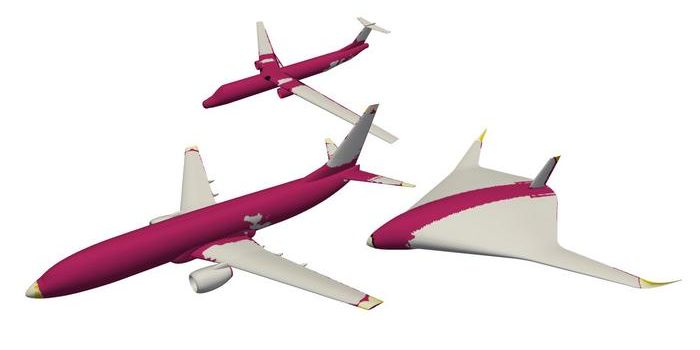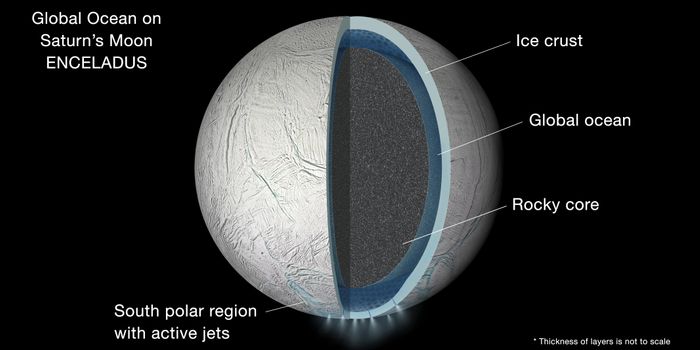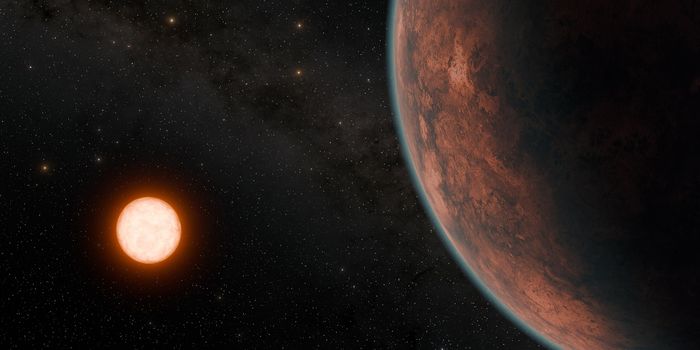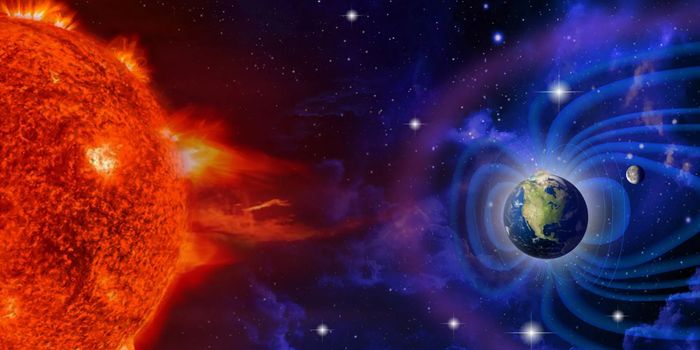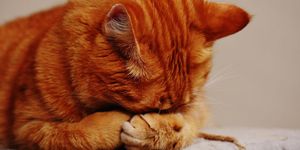How Do Bananas Ripen? The Dynamics of Spot Formation Reveal Secrets About Keeping the Fruit Fresh
A study out of Florida State University sets the foundation to reduce the 50 million tons of food waste per year linked to overripe bananas.
Published May 11 in Physical Biology, the paper's authors create a model for how brown spots form and develop. The research was led by Oliver Steinbock, a professor in the Department of Chemistry and Biochemistry. Along with his colleagues Qingpu Wang and Pamela Knoll, Steinbock observed how the bananas ripened using a time-lapse camera.
In 2019, the total global production of bananas was 117 million tons, making it a leading crop. The approximately 50 million tons of banana waste is partially caused by the appearance of bananas, which lose their appeal when they develop those tiny brown speckles. Preserving the banana’s yellow color is key to reducing food waste, but to do that, researchers need to better understand how the spots form.
They were able to model the dynamics of the spots—they appeared in a two-day window, expanded quickly, and then stopped abruptly, meaning that the spots, for the most part, stayed independent of one another. The density of the spots was typically 8 per square centimeter.
Previous research has shown that brown spots center around the peel’s stomata, tiny pores that allow oxygen into the banana. However, there are more stomata than brown spots, so it is unclear why some stomata begin the browning process, and others do not.
Steinbock’s team was able to determine the formation of spots by limiting the amount of oxygen at the spot. This led them to a hypothesis: defective stomata on the peel allow oxygen to enter and begin the browning process. But they still can’t determine why the spots stop spreading after two days.
“Is it a rogue pore that misbehaves? Is it a little cluster of stomata? That is a difficult question to answer at the moment,” Steinbock explained in a Florida State University press release.
In the future, this team intends to study the ripening process further and use their findings to create new methods of stalling the browning of bananas. In doing so, they hope to reduce the food waste made by bananas.
Sources: Physical Biology, Florida State University


